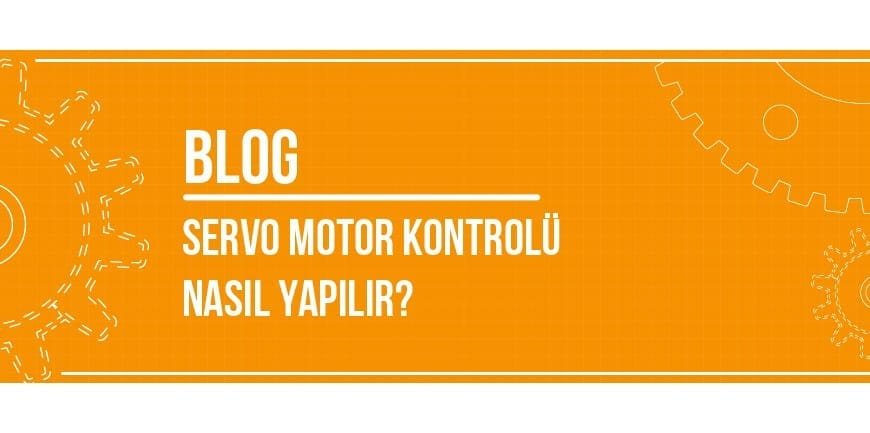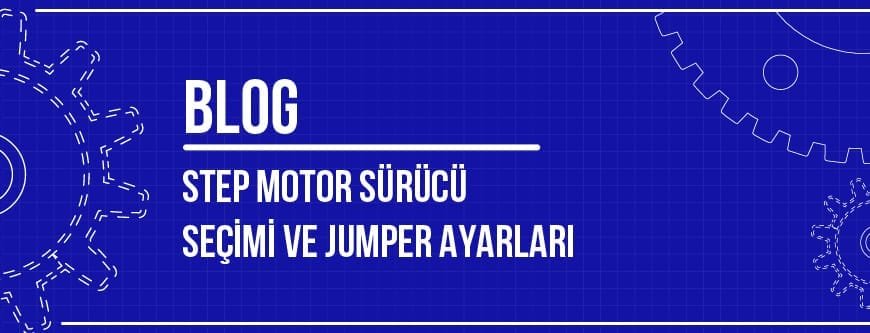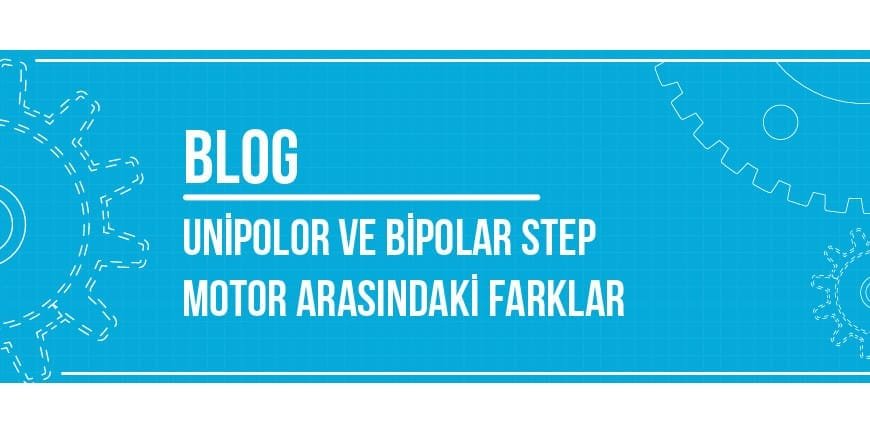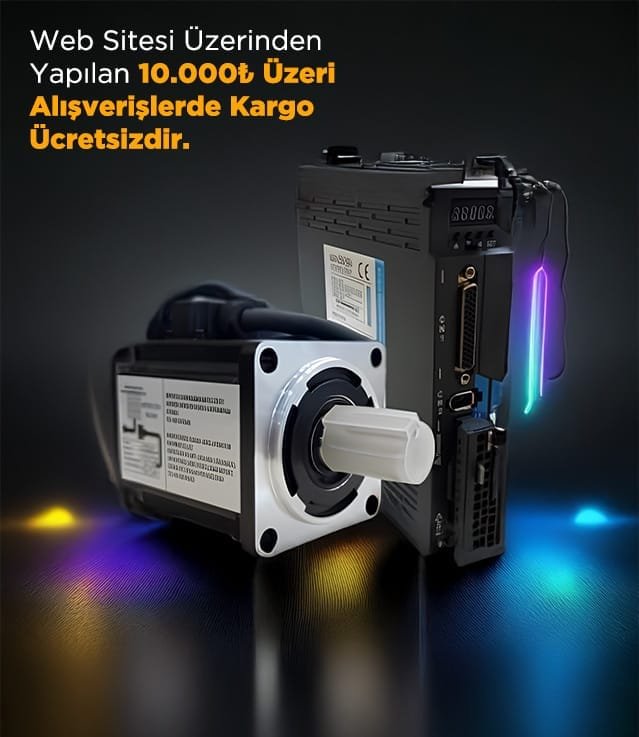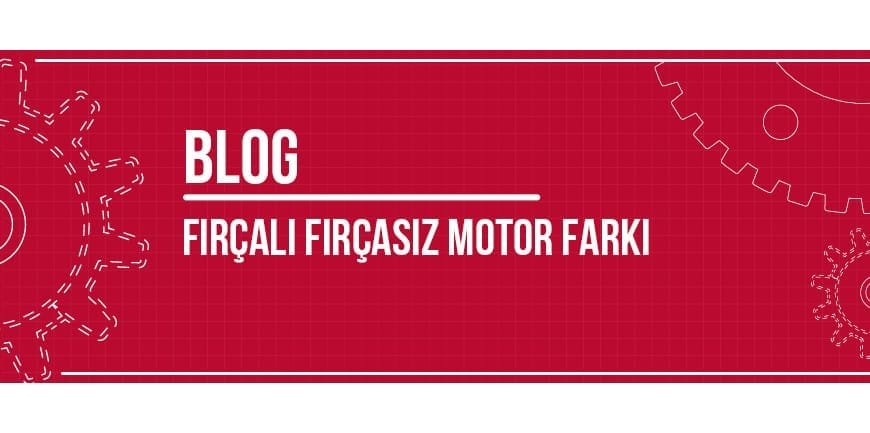
İçindekiler
The Difference Between Brushless and Brushed Motors
Although there is not much difference between brushed and brushless motors, this article serves as a guide for those who find it difficult to choose between the two. Brushless motors account for 90% of the market. Brushed motors are preferred in situations where a simple level of control is required. In our blog post, we will explain the advantages of brushless motors and when to choose a brushed motor. The main difference between the two motor types is that one is brushed and the other is brushless. This is a detail you can already infer from their names.
Brush motors have a slotted iron core to which the windings are connected to the commutator. The brushes carry the current to these windings. Brushless motors, on the other hand, use an electronic commutator instead of a physical commutator and brushes to supply energy to the stator windings. This is a simple mechanical structure, but it has complex microprocessors and control architectures. Eight cables are required to control the motors. Brushless motors are simple and logically complex. Brushed motors are the opposite. Brushed motors have commutator bars and brush assemblies. Two or three cables are required for the motor and control. Brushed motors offer ease of control through a linear torque-speed relationship. The disadvantage of brushed motors is the wear and tear on the brushes and commutators. Their lifespan is shorter, and due to the sparks they produce, they are generally not suitable for use in hazardous locations. Despite this, brushed motors also have advantages.
Brushed and Brushless Motor Performance
In most applications, brushless motors are more advantageous than brushed motors. Brushless motors have high efficiency, small form factor, high torque, more precise speed and positioning control, and dissipate heat more easily. However, brushed motors have fewer slots, resulting in lower torque ripple. Therefore, in some applications, you may get better performance from a brushed motor.
Which Motor Should Be Used in Which Applications?
Brushless motors are preferred in applications that require high performance and in production processes that require complex control. However, if performance is not important for the application, a brushed motor is a more suitable option. You can use brushed motors in positioning systems that require stable load holding, in speed control systems that can be used at low speeds, and in many other places.
When you decide to purchase a brushed motor or brushless motor, you can purchase your product with the assurance of Şahin Rulman. You can contact us for any questions you may have.
Diğer Blog Yazılarımız



